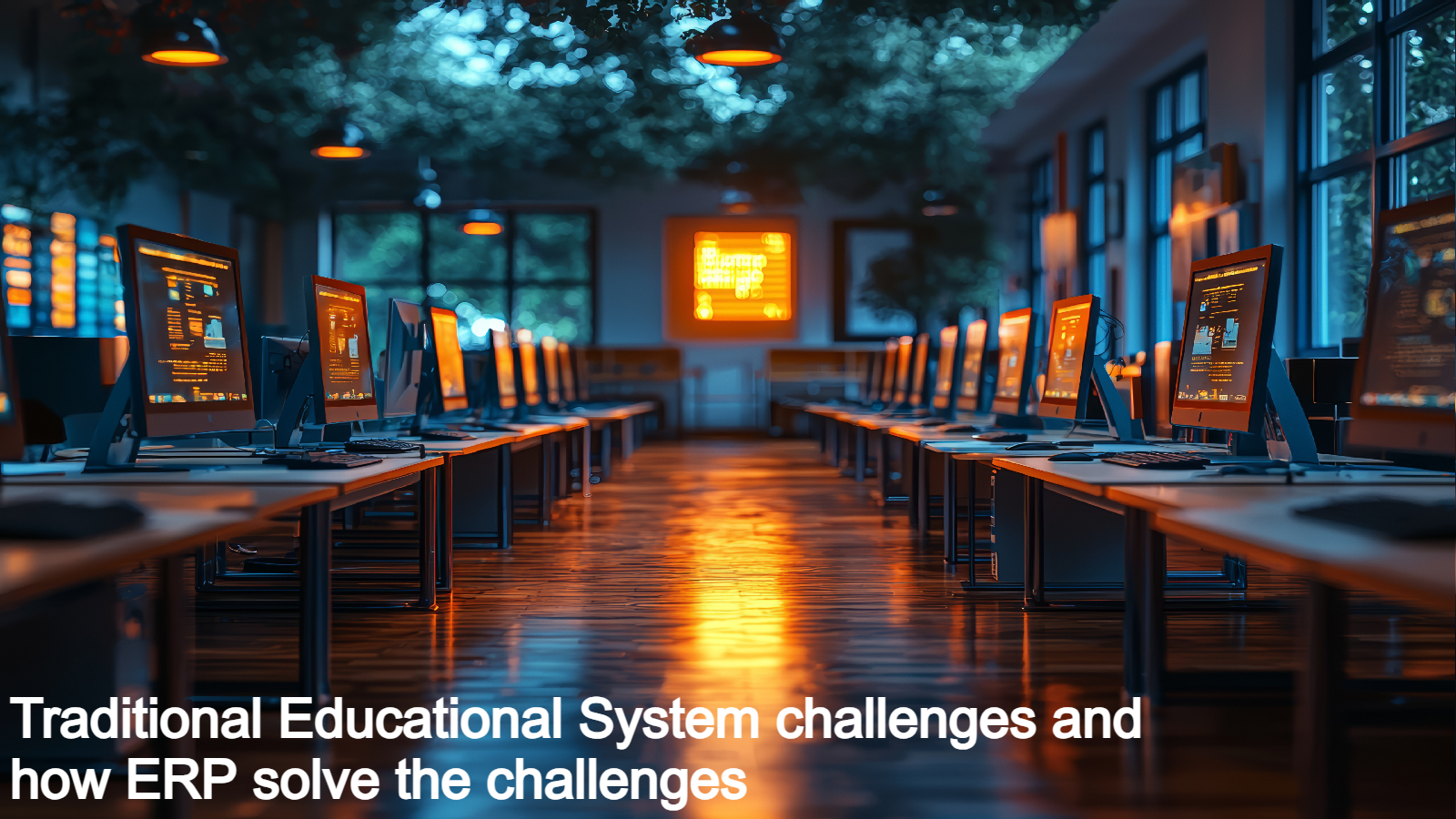Introduction
Customer Relationship Management (CRM) systems have had a profound impact on businesses. They began as basic contact lists and transformed into powerful platforms that drive customer engagement, streamline operations, and boost sales.
This blog delves into the evolution of the CRM industry, exploring how these systems have grown from simple databases to conversion powerhouses essential for modern businesses.
The Origins: Contact Lists and Basic Databases
The roots of CRM trace back to the early days of digital business tools. Initially, businesses relied on simple contact lists and basic databases to manage customer information. These early systems were basic, often consisting of spreadsheets or standalone software that stored names, addresses, and phone numbers. The primary purpose was to keep track of customer interactions and ensure that important information was not lost.
Limitations of Early Systems
Despite their effectiveness, these early CRM systems had limitations. They were often disconnected from other business processes, leading to inefficiencies and missed opportunities. Data was siloed, making it difficult to gain a complete view of customer relationships. Additionally, manual data entry and management increased the risk of errors and inconsistencies.
The Advent of CRM Software
The 1990s marked a turning point for the CRM industry with the introduction of more sophisticated software solutions. These new systems were designed to integrate with other business processes, offering a more holistic approach to customer relationship management. Revolutionary companies like Siebel Systems led the charge, developing platforms that could track customer interactions across multiple channels and touchpoints.
Integration and Automation
One of the key advancements during this period was the integration of CRM systems with other business tools such as email, calendars, and marketing automation platforms. This integration allowed businesses to automate routine tasks, such as follow-up emails and appointment scheduling, freeing up valuable time for sales and customer service teams. Automation also helped ensure consistency in customer interactions, enhancing the overall customer experience.
The Rise of Cloud-Based CRM
The early 2000s saw another major shift with the emergence of cloud-based CRM solutions. Companies revolutionized the industry by offering CRM platforms accessible over the internet. This development brought several key benefits, including:
Accessibility and Scalability
Cloud-based CRMs made it possible for businesses of all sizes to access powerful CRM tools without the need for upfront investment in hardware and software. These systems could be easily scaled to accommodate growing customer bases and evolving business needs. Moreover, accessibility from any location with an internet connection enabled remote work and improved team collaboration.
Real-Time Data and Analytics
The cloud also enabled real-time data access and analytics. Businesses could now get immediate insights into customer behaviors and preferences, allowing for more targeted marketing efforts. Real-time analytics empowered companies to make data-driven decisions, enhancing their ability to identify trends, optimize strategies, and improve overall performance.
The Era of Customer-Centricity
As CRM systems evolved, so did the focus on customer-centricity. Modern CRM platforms are designed to place the customer at the center of business operations, fostering stronger relationships and driving loyalty. This shift has been driven by several key trends:
Personalization
Advanced CRM systems leverage data to create highly personalized customer experiences. By analyzing customer behavior, preferences, and purchase history, businesses can tailor their communications and offerings to meet individual needs. Personalized interactions not only enhance customer satisfaction but also increase conversions and repeat business.
Omnichannel Engagement
Today’s consumers interact with businesses across multiple channels, from social media and email to in-store visits and customer service calls. Modern CRM platforms support omnichannel engagement, ensuring a seamless and consistent experience. This capability allows businesses to maintain a unified view of the customer journey, providing relevant interactions at every point.
CRM as a Conversion Powerhouse
The ultimate goal of CRM systems is to drive conversions and revenue growth. Modern CRMs have evolved into powerful tools that enable businesses to achieve this objective through several key features:
Lead Management and Scoring
CRM platforms offer robust lead management and scoring capabilities, allowing businesses to prioritize high-potential leads and focus their efforts where they are most likely to show results. By tracking lead interactions and behaviors, CRM systems can assign scores that indicate a lead’s readiness to convert, enabling sales teams to tailor their approach accordingly.
Sales Automation
Sales automation features streamline processes such as lead nurturing, follow-up communications, and deal tracking. Automated workflows ensure that no opportunity slips through the cracks, and sales teams can focus on building relationships and closing deals.
Analytics and Reporting
Comprehensive analytics and reporting capabilities are essential for optimizing sales strategies and measuring performance. CRM platforms provide detailed insights into sales activities, pipeline health, and conversion metrics. These insights enable businesses to identify strengths and weaknesses, refine their approaches, and continuously improve their sales processes.
The Future of CRM
The CRM industry shows no signs of slowing down. As technology continues to advance, several emerging trends are likely to shape the future of CRM:
Artificial Intelligence and Machine Learning
AI and machine learning are set to revolutionize CRM by providing even deeper insights and more predictive capabilities. These technologies can analyze vast amounts of data to identify patterns, forecast customer behaviors, and recommend actions. AI-powered chatbots and virtual assistants are also enhancing customer service by providing instant support and resolving queries efficiently.
Enhanced Data Privacy and Security
With increasing concerns about data privacy and security, future CRM systems will need to prioritize these aspects. Robust data protection measures, compliance with regulations such as GDPR, and transparent data practices will be essential for maintaining customer trust.
Integration with IoT
The Internet of Things (IoT) is expanding the scope of CRM by connecting various devices and gathering real-time data. This integration allows businesses to gain a more comprehensive understanding of customer interactions with products and services, leading to more personalized and active engagement.
Conclusion
From humble beginnings as simple contact lists, CRM systems have evolved into essential tools for modern businesses. By enhancing customer engagement, streamlining operations, and driving conversions, CRM platforms have become indispensable in today’s competitive landscape. As technology continues to advance, the CRM industry will continue to innovate, providing businesses with even more powerful tools to build lasting customer relationships and achieve sustained growth.
Frequently Asked Questions (FAQs)
What were the limitations of early CRM systems?
Early CRM systems had significant limitations, including:
- Disconnection from Other Processes: They were often not integrated with other business processes, leading to inefficiencies.
- Data Silos: Data was often siloed, making it difficult to get a comprehensive view of customer relationships.
- Manual Data Entry: The manual nature of data entry increased the risk of errors and inconsistencies.
What are the benefits of cloud-based CRM systems?
Cloud-based CRM systems, which emerged in the early 2000s with pioneers like Salesforce, offer several key benefits:
- Accessibility: They can be accessed from any location with an internet connection.
- Scalability: They can easily scale to accommodate growing customer bases and evolving business needs.
- Real-Time Data and Analytics: They provide real-time access to data and analytics, allowing for more responsive and data-driven decision-making.
How do modern CRM systems support customer-centric strategies?
Modern CRM systems are designed to place the customer at the center of business operations. They support customer-centric strategies through:
- Personalization: Leveraging data to create personalized customer experiences based on behavior, preferences, and purchase history.
- Omnichannel Engagement: Ensuring a seamless and consistent experience across multiple channels, maintaining a unified view of the customer journey.
What future trends are expected to shape the CRM industry?
Several emerging trends are likely to shape the future of CRM, including:
- Artificial Intelligence and Machine Learning: Providing deeper insights, predictive capabilities, and enhancing customer service with AI-powered chatbots and virtual assistants.
- Enhanced Data Privacy and Security: Focusing on robust data protection measures and compliance with regulations to maintain customer trust.
- Integration with IoT: Expanding CRM scope by connecting various devices and gathering real-time data for more personalized and proactive engagement.








